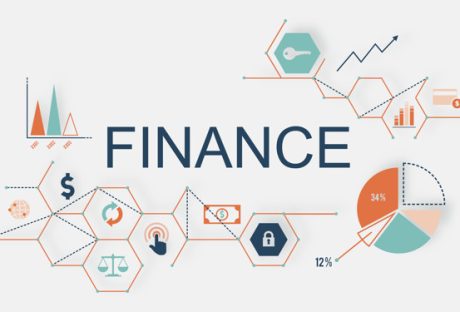The Graduate Record Examinations (GRE) assesses a graduate school applicant’s aptitude in verbal skills and mathematical skills necessary to succeed in their higher education. Test-takers work through five total sections: one Analytical Writing, two Quantitative Reasoning, and two Verbal Reasoning sections.
Especially if you don’t have a background in a writing and reading-intensive discipline, the Verbal Reasoning portion of the exam can be quite challenging. Many GRE test-takers don’t know where to get started with improving their reading comprehension skills.
What is Verbal Reasoning?
According to the official GRE website, the Verbal Reasoning section “assesses your ability to analyze and evaluate written material and synthesize information obtained from it, analyze relationships among component parts of sentences and recognize relationships among words and concepts.”
The two Verbal Reasoning sections of the exam have 30 questions each and give test-takers 20 minutes to complete them. They include the following types of questions to test the skill sets described above:
1. Reading Comprehension Questions
Throughout the Verbal Reasoning section, test-takers will encounter three different subtypes of reading comprehension questions:
- Traditional multiple-choice questions with five choices and one correct answer.
- More complex multiple-choice questions with three choices and either one, two, or three correct answers. No partial credit is given for identifying some but not all of the correct options.
- Select-in-passes questions, where the exam taker reads a short passage then answer questions about the specific function of sentences within the text.
2. Text Completion Questions
These questions are based on a passage with one to five sentences. Within these passages, one two three word spaces are left blank, and the test-taker must answer multiple-choice questions about which words would best complete the sentence if filled into the blank space.
3. Sentence Equivalence Questions
Each of these questions presents a single sentence with one word missing. The test-taker is given six choices of words that could fill in the blank, and they must identify which two options if chosen, would create sentences with equivalent meaning.
How to Prepare
Since the GRE tests aptitude and skill sets, not your knowledge of specific topics, many students find it difficult to strategize their studying. When it comes to the Verbal Reasoning section, the following preparation methods can sharpen the skills that the section assesses.
1. Brush Up on Your Vocabulary
Vocabulary forms a big part of GRE success. Answering text completion and sentence equivalence questions become quite challenging if you aren’t familiar with the answer options. Additionally, strong vocabulary skills will help you easily parse the complex passages included in the reading comprehension questions.
There are two steps to improving your vocabulary skills: simple memorization and vocab-in-context. You can use flashcards with word definitions to help with memorization, and you can read dense materials or study vocabulary words within complete sentences to practice the latter.
2. Take Practice Tests
Practice tests are a great way to know where you stand. It will help you learn about your strengths and weaknesses and how much you have to improve to achieve a higher score. It will also guide you in deciding how rigorously you will have to work on your existing vocabulary skills. Consider using guides and reference books like Kaplan GRE study books to practice with questions that accurately simulate the difficulty of the exam.
3. Pacing and the Process of Elimination
When taking practice tests, focus on your pacing throughout the Verbal Reasoning section. Get a gauge for how long the passages typically take to read and understand and how long each type of question takes you to answer.
To get through questions faster, work on your process-of-elimination strategies. It’s also important that you recognize when you simply don’t know the answer to a question and are better off choosing a random answer than spending too much time on it.
4. Markup the Text
One mistake most test-takers make when reading through a passage is not making simple annotations, which results in them having to reread the passage. It will save precious time to take to circle or underline important points or keywords while going through the text the first time.
5. Stick to the Text and Information Given
Never get carried away by your opinions or background knowledge when dealing with a critical reasoning question based on a given passage. The passages present all the information you need—assuming information can lead you astray.
Tacking Test Day
The most effective way to prepare for all sections of the GRE is to familiarize yourself with the skills tested, types of questions asked, and pacing. If you focus on these elements and take full-length practice tests to simulate the day of the test, you’ll know exactly what you’re up against and how to tackle every aspect of the exam.
Read Also:
- JEE Main 2018- Importance of Practicing with Previous Year Questions
- Excellent strategies to outshine in BPSC 2020 examination!
- 10 Tips to Memorize All Necessary Information Before Exams
- How To Crack Civil Service Exam In One Attempt
- Procedure To Download West Bengal Join Entrance Examination Admit Card






















